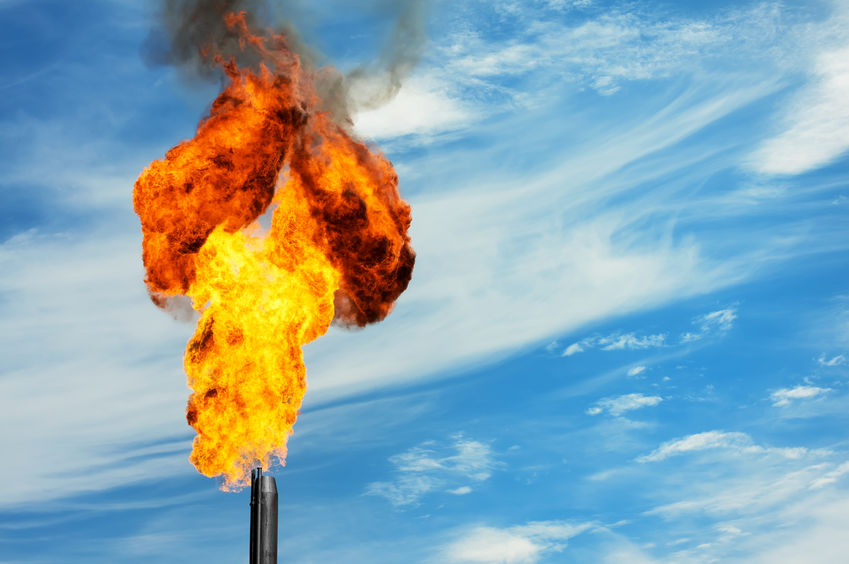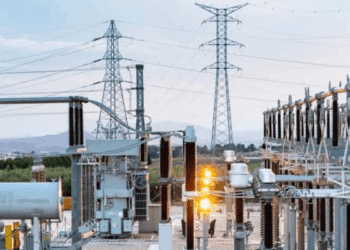The Nigerian Liquefied Natural Gas (NLNG) has generated a whopping $108 billion in the last 21 years, making gas an undisputed cash cow and the need to further explore it as a major contributor to the country’s diversification basket. It is one of the multi reasons gas flaring is such a thorny issue.
That the economy is losing huge sums of money due to gas flaring is a reminder that government’s pace to end the leakage needs to be quickened so as to save resources to grow the economy.
It was reported, last year, that the federal government and oil companies in the country lost an estimated N87.16billion from January to May, which represented a total of 90.9 billion standard cubic feet of flared natural gas.
The oil companies wasted 19.95 billion scf of gas in January; 18.27 billion scf in February; 19.71 billion scf in March; 17.90 billion scf in April, and 15.07 billion scf in May, according to data obtained from the Nigerian National Petroleum Corporation.
Nigeria is among the top ten gas-flaring countries in the world, flaring some 7.4 billion cubic feet in 2018, according to PricewaterhouseCoopers, 313 million standard cubic feet according to the ministry of environment. As of 2017, Nigeria had about 178 gas flare sites out of 16,000 globally in 90 countries. According to Bloomberg , gas flaring globally emits more than 350 million tons of carbon dioxide equivalent in a year. The flared gas in turn results in the emission of 16.5 million tonnes of carbon dioxide.
Apart from the financial losses accruing from flaring, the practice constitutes health and environmental risks. The health hazards are in form of cancers and lesions among others. While the environmental setbacks include pollution of land and water that in turn has crippled livelihoods from loss of farmlands and fishing pots. Thousands are thus left to starve and to be beggarly.
To rein in these problems, we urge government to speed up its plans to commercialise the gas that is currently burned for local consumption and for export. It is discovered that flared gas can be redirected for Amonia production, a vital ingredient in fertiliser production. These and more has led government to set a 2025 deadline to end gas flaring. A large part is planned for conversion to electricity to solve the country’s age long power problem. To that effect, Nigeria’s gas flare commercialisation programme was approved in 2016, and the DPR held a round for companies wanting to bid on the opportunity to commercialize 96 flare points last February.
It takes strong will to confront a challenge that predates the country’s nationhood and one that is perpetuated by a very strong lobby group because of the financial implications; the oil company’s would rather pay the penalties from flaring than convert machinery to purpose.
We ask the government agencies at the forefront of the gas programme, especially the Nigerian National Petroleum Corporation (NNPC) and the Department of Petroleum Resources (DPR) to remain focused in carrying out this national assignment with a singularity of purpose to the eternal wellbeing of Nigerians especially those in the Delta region and the economic prosperity of Nigeria as a whole.





